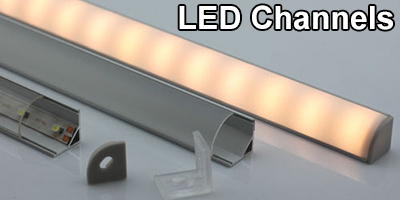Snow
Enlightened
Does anybody else wonder about the claims of anodization by different manufacturers? I don't know a whole lot about the process, but it seems like there is a big variation between the anodizing of different companies, especially with Type III.
Here is where it gets touchy. I am not trying to raise yet another Fenix vs SureFire type debate, however, these are two of the companies I think have very different anodizing feels. They are also the lights I have the most experience with, so they are the examples I will use.
All of the HA on my SureFires, Novatacs, and Ra Twisty feels very thin and smooth, whereas the HA on my Fenix, Olight, and other Chinese lights feels like a thick, bumpy "shell" over the light. The SF HA feels almost like there isn't a coating at all, just a paint or something. The Chinese lights all have a similar bumpy texture and shell feeling to them. Also I've noticed the Chinese HA tends to chip off whereas the HA on my other lights tends to rub off more. I am curious about the differences here. Are they both Type III anodizing? Are they different processes? Anybody with knowledge about the process who would like to shed some light on this?
Here is where it gets touchy. I am not trying to raise yet another Fenix vs SureFire type debate, however, these are two of the companies I think have very different anodizing feels. They are also the lights I have the most experience with, so they are the examples I will use.
All of the HA on my SureFires, Novatacs, and Ra Twisty feels very thin and smooth, whereas the HA on my Fenix, Olight, and other Chinese lights feels like a thick, bumpy "shell" over the light. The SF HA feels almost like there isn't a coating at all, just a paint or something. The Chinese lights all have a similar bumpy texture and shell feeling to them. Also I've noticed the Chinese HA tends to chip off whereas the HA on my other lights tends to rub off more. I am curious about the differences here. Are they both Type III anodizing? Are they different processes? Anybody with knowledge about the process who would like to shed some light on this?

